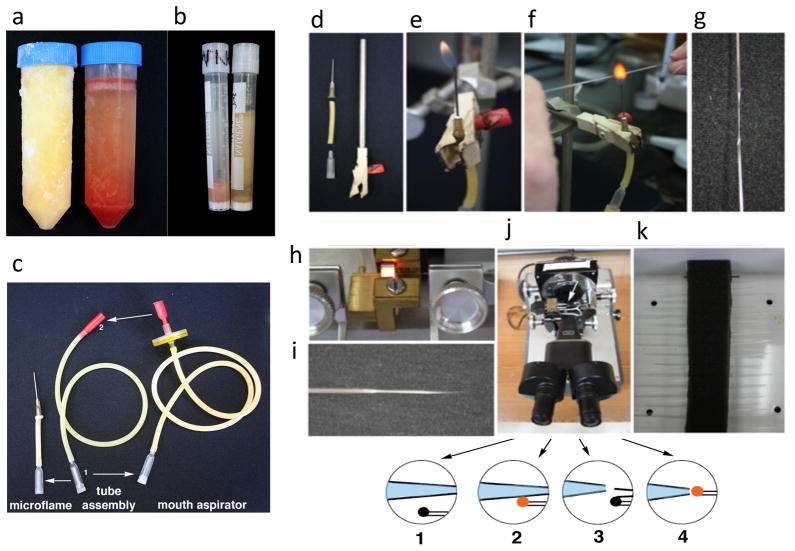Figure 4. Generation of tools for embryo dissection and cell injection.
(a) Complete frozen Embryo Dissection Medium (right) and frozen Incomplete Whole Embryo Culture Medium (without serum) (left). Upon thawing, the Incomplete Whole Embryo Culture Medium will turn pink. (b) Comparison of non-hemolyzed (right) and hemolyzed (left) rat serum. (c) The mouth aspirator assembly (center) is bought from Sigma. Its major useful feature is the microcapillary holder (1). The holder can serve as an adaptor for the microflame (left), which consists of the adaptor minus the gasket, a piece of latex tubing and a cut-off 19-g hypodermic needle. A piece of wider-gauge latex tubing is then secured over the adaptor and connected to the gas outlet. The round mouthpiece (2) is replaced by a flat mouthpiece that is inserted into a disposable filter (0.22 or 0.45 μm) using parafilm to create a tight seal (not shown). The filter is then secured onto a longer piece of latex tubing followed by the microcapillary and its gasket, which securely holds an injection pipette. (d) The miciroflame (left) will be secured onto a clamp (right) and connected to the gas outlet (not shown). (e) The microflame is ignited. (f, g) A piece of glass microtubing is briefly softened at its center (f) and, when red hot, removed from the flame and pulled horizontally (g). (h, i) The pulled microcapillary is loaded onto an electrode puller, the trough filament of which is heated (h), and the glass is then pulled, creating two tapered glass capillaries (i, only one is shown). (j) The glass capillaries are cut to the right diameter (20 μm) on a microforge, in the following steps: (1) The glass bead (black) stuck to the platinum wire is made to approach the glass capillary at the desired diameter (measured with an eyepiece reticle). (2) The bead is placed onto the glass microcapillary and the heat is momentarily turned on. (3) Turning the filament off results in contraction of the glass bead, bringing with it the distal portion of the fused glass filament. (4) The end of the injection pipette is fire-polished by aligning the glass bead to its opening and briefly turning on the heat. (k) Once the capillaries are microforged, they can be stored in a Nalgene box into which a piece of flexible Styrofoam has been glued (Glue-Stick); the Styrofoam is scored with a razor blade, and the capillaries inserted up to three deep into the scored Styrofoam.

